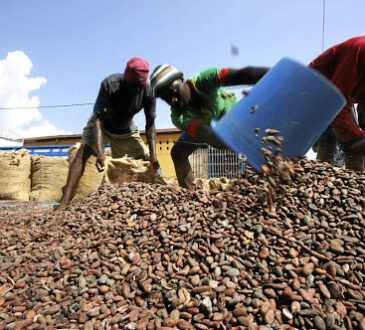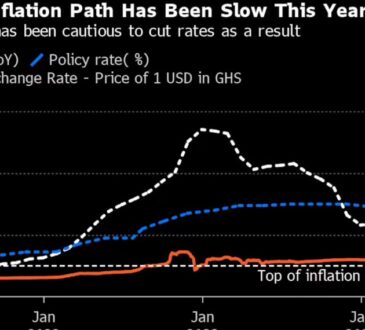
By Eugene Davis
The International Monetary Fund (IMF) have cautioned central governments in Sub-Saharan Africa including Ghana to ensure that in its quest to responding to climate change it does not sacrifice basic needs such as schooling, health, and infrastructure services.
According to the Regional Economic Outlook for Sub-Saharan Africa report 2023 titled ‘The Big Funding Squeeze’, it is important that resources allocated towards climate change do not crowd out those devoted to basic needs and other development goals.”
The report further revealed that critical development needs, like schooling, health, and infrastructure services, are in danger of not being adequately filled under the funding squeeze. Most governments have limited fiscal space, hampering their ability to protect the most vulnerable and allocate sufficient funds to essential development sectors.
Limited financing makes it particularly challenging to address the ongoing food security crisis that is affecting the region. If the difficulties in addressing basic needs were not enough already, climate change is presenting additional spending pressures on shrinking fiscal budgets. For instance, cyclone Freddy—one of the latest in a series of
climate shocks to the region—has battered vulnerable families and communities in southern Africa, but countries have limited means for climate adaptation.
For the African continent alone, adaptation costs could reach $50 billion per year by 2050, in a 2-degree Celsius scenario (GCA 2021), and mitigation costs
for a clean energy transition in Africa have been estimated at around $190 billion per year until 2030
(IEA 2022).
Figure 13. Climate Finance Flows to Sub-Saharan Africa, 2020
| Other Flows: $0.6bn | |
| Public grants $7.5bn | Private flows $3.1bn |
| Public concessional debt $7.7bn | Public non-concessional debt: $3.5bn |
Source: Climate Policy Initiative
The report however, states that climate funding to the region remains well below these needs, with private and public sources estimated at about $22 billion in 2020,
as shown in Figure 13 (Analytical Note “Closing the Gap: Concessional Climate Finance and Sub-Saharan
Africa”).
Advanced economies have also fallen far short of a 2009 pledge to mobilize $100 billion a year for climate actions in developing countries.
“It is important that resources allocated towards climate change do not crowd out those devoted to basic needs and other development goals. Official development assistance, for instance, has been declining over the last two decades, and despite a temporary surge during the COVID-19 pandemic, aid flows are likely to shrink further
over the near term.”
Additionally, the report recommended that more support from advanced economies is needed to ensure that the essential development needs of African countries are adequately financed, with the objective of fostering strong, resilient, and inclusive growth. Furthermore, climate finance must come on top of current aid flows rather than replacing them.
The Fund also suggests that governments should unlock more concessional finance. Sub-Saharan African countries encounter challenges in accessing concessional climate finance, in part because requirements vary greatly across financing providers. For example, climate funds—a key channel for concessional financing—have the potential to be scaled up significantly to help meet the region’s climate adaptation and mitigation needs. However, the numerous access requirements and project selection criteria for these funds’ present serious hurdles for countries in the region seeking to access this financing. To help unlock concessional financing, development partners—including the IMF— can support countries in building and strengthening capacity. Priority areas include governance and public financial management, development of adequate data and climate strategies, formulation of legal and regulatory frameworks, and financial system reforms.
Also, there is the call to increase private climate finance. The private sector has the potential to mobilize significant climate finance in the region as it does in the rest of the world.
This can be done by developing the use of financing instruments like green bonds or sustainability-linked bonds and attracting private institutional investors. Increasing the attractiveness of private climate finance will require better data to support financial risk monitoring and analysis on performance indicators, but also more transparency and disclosure.







